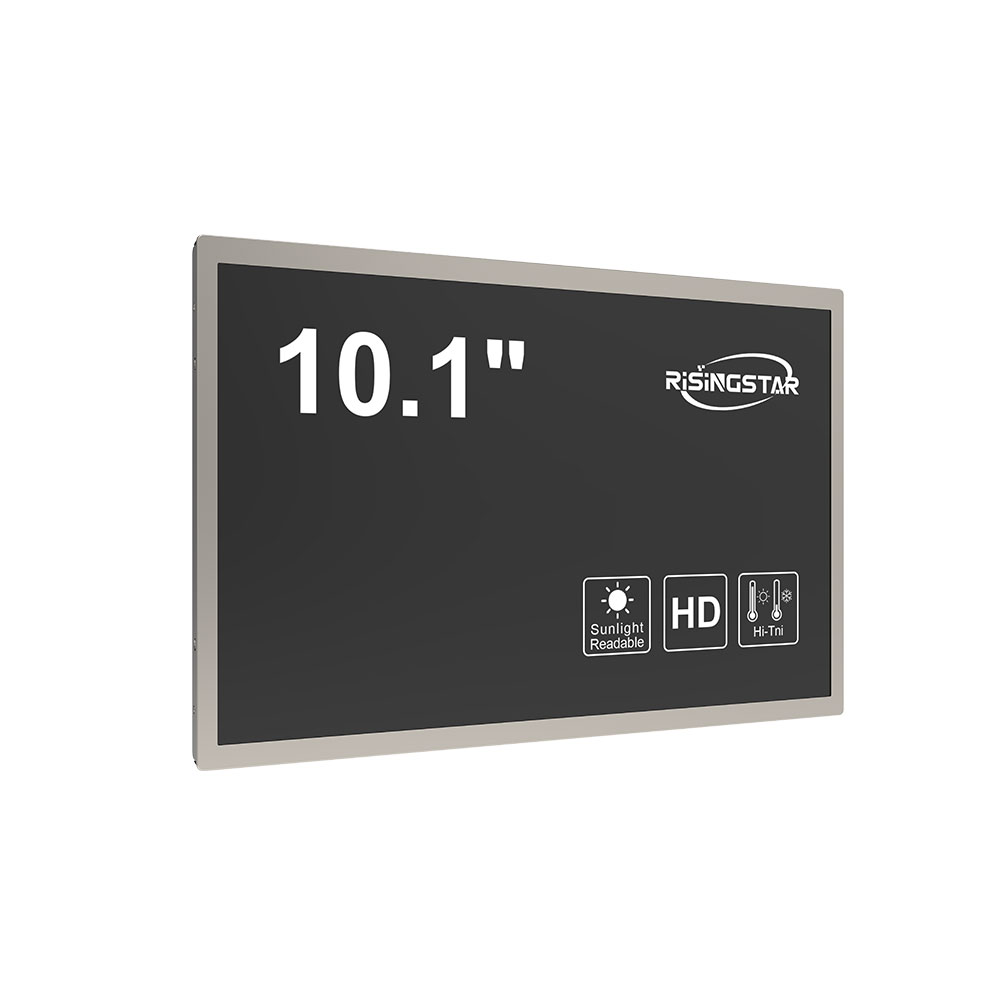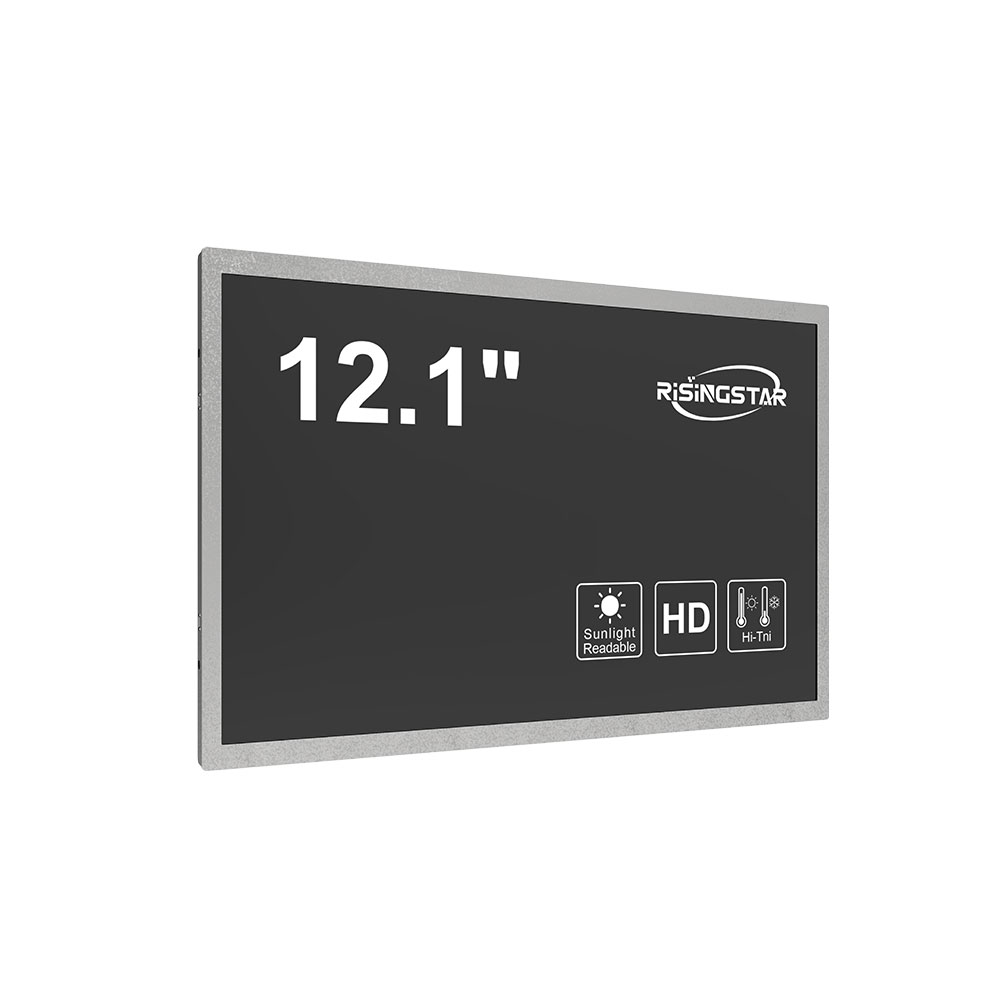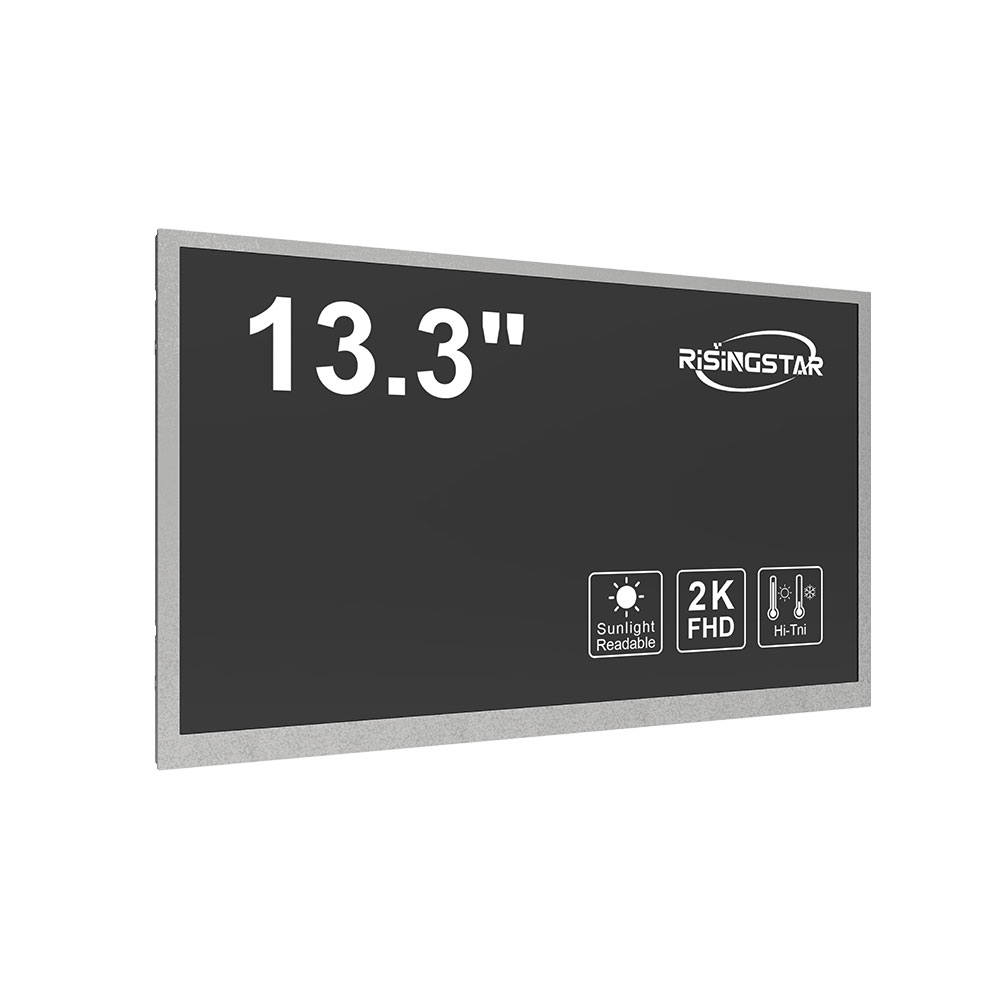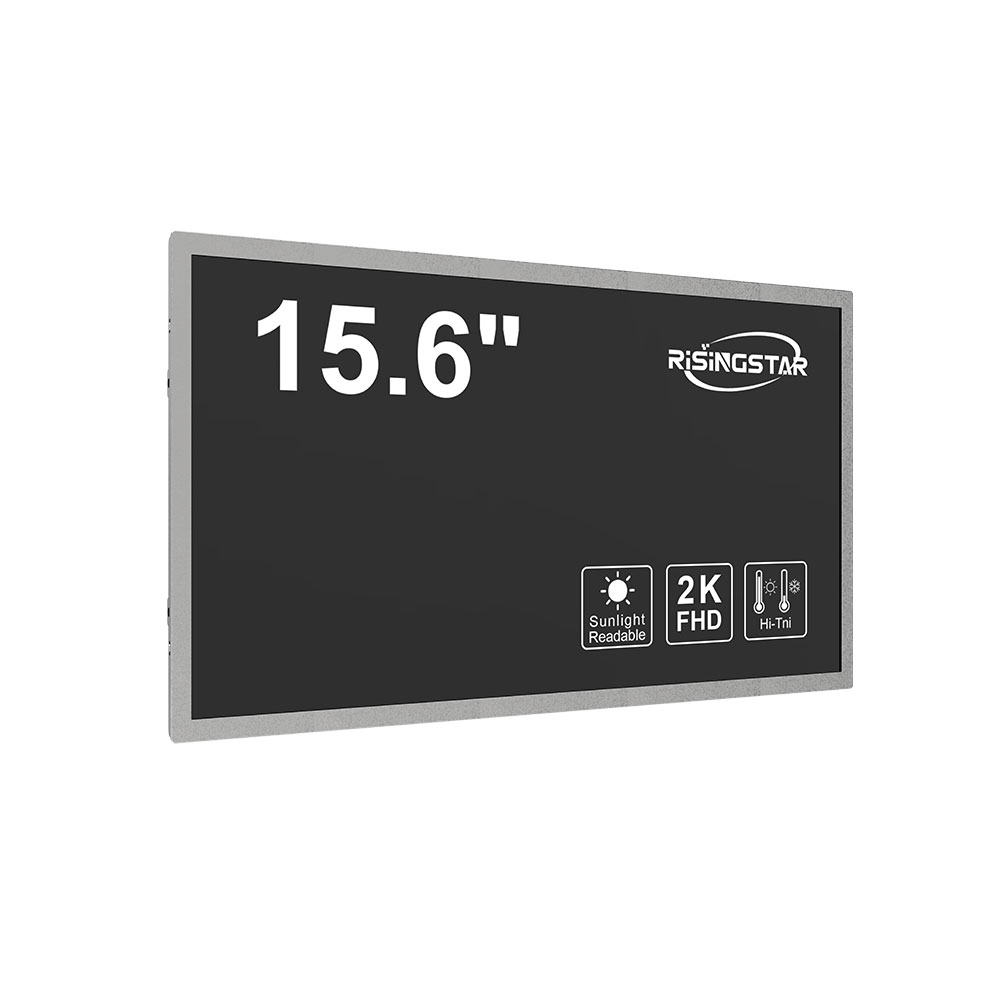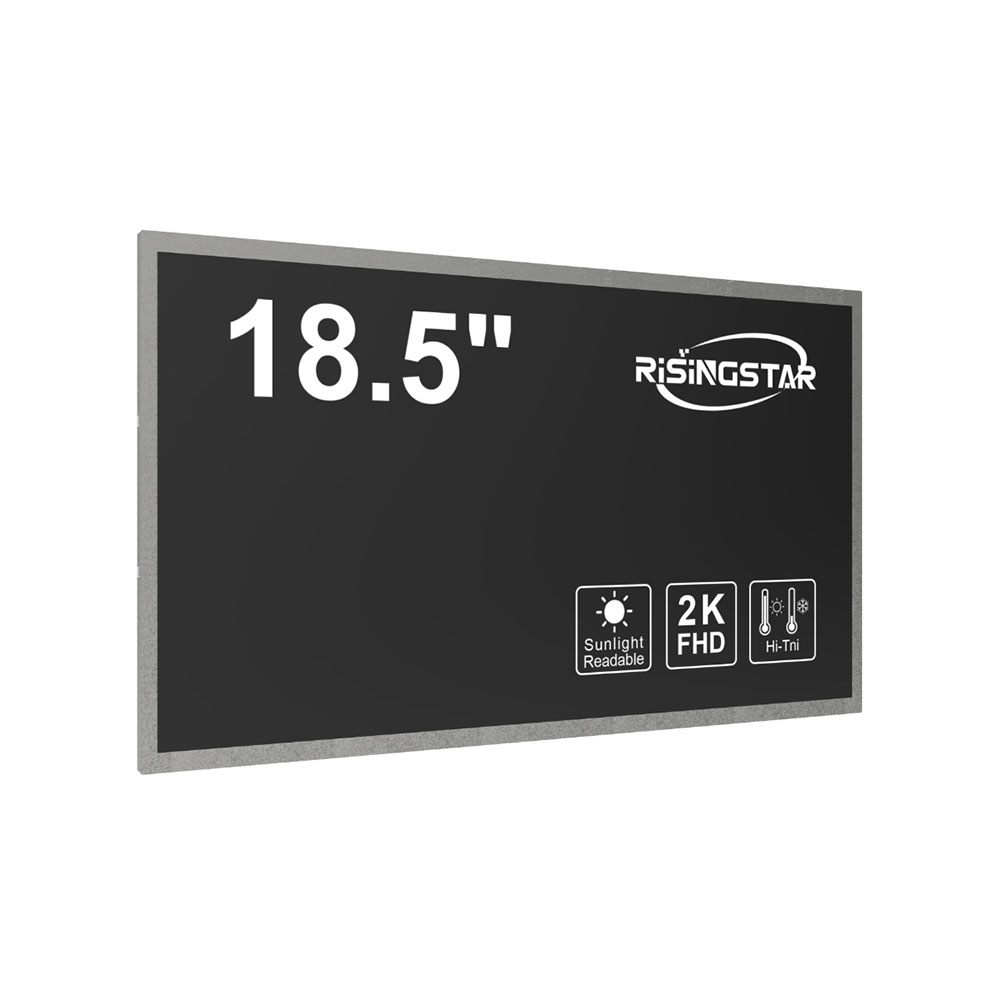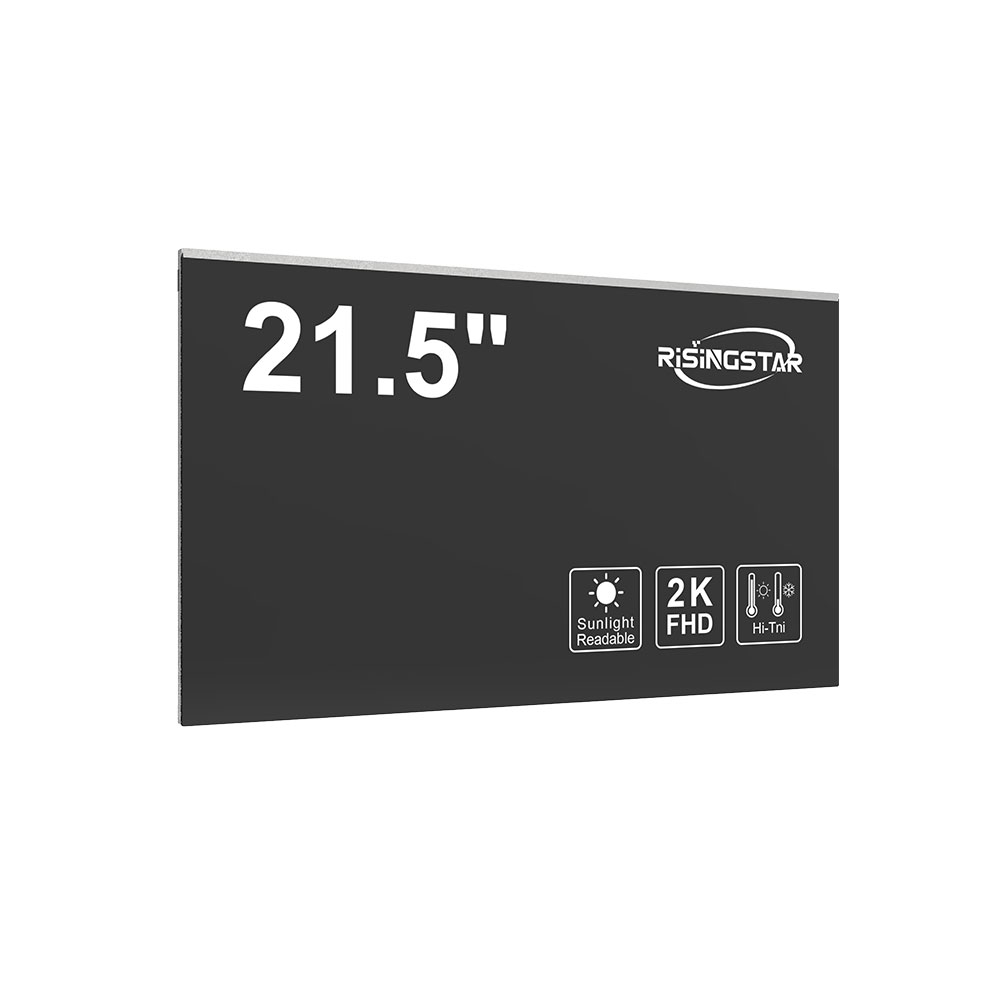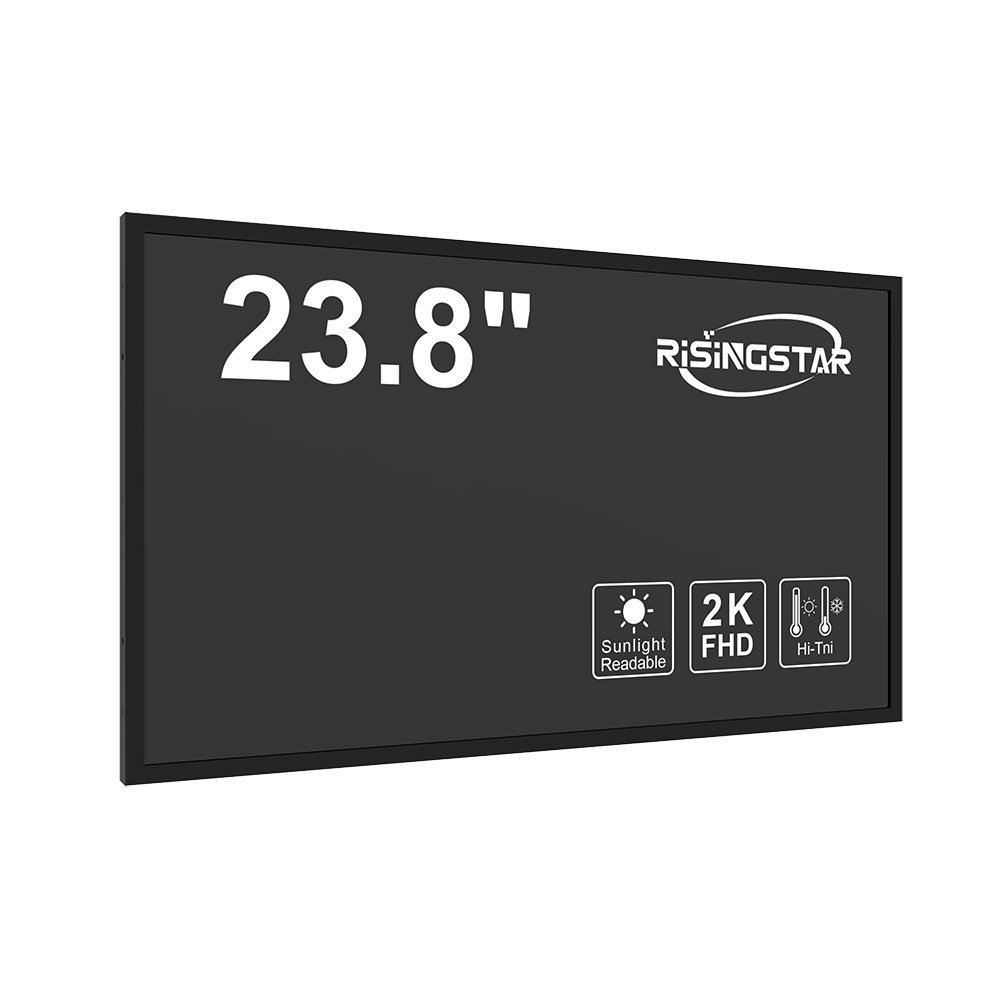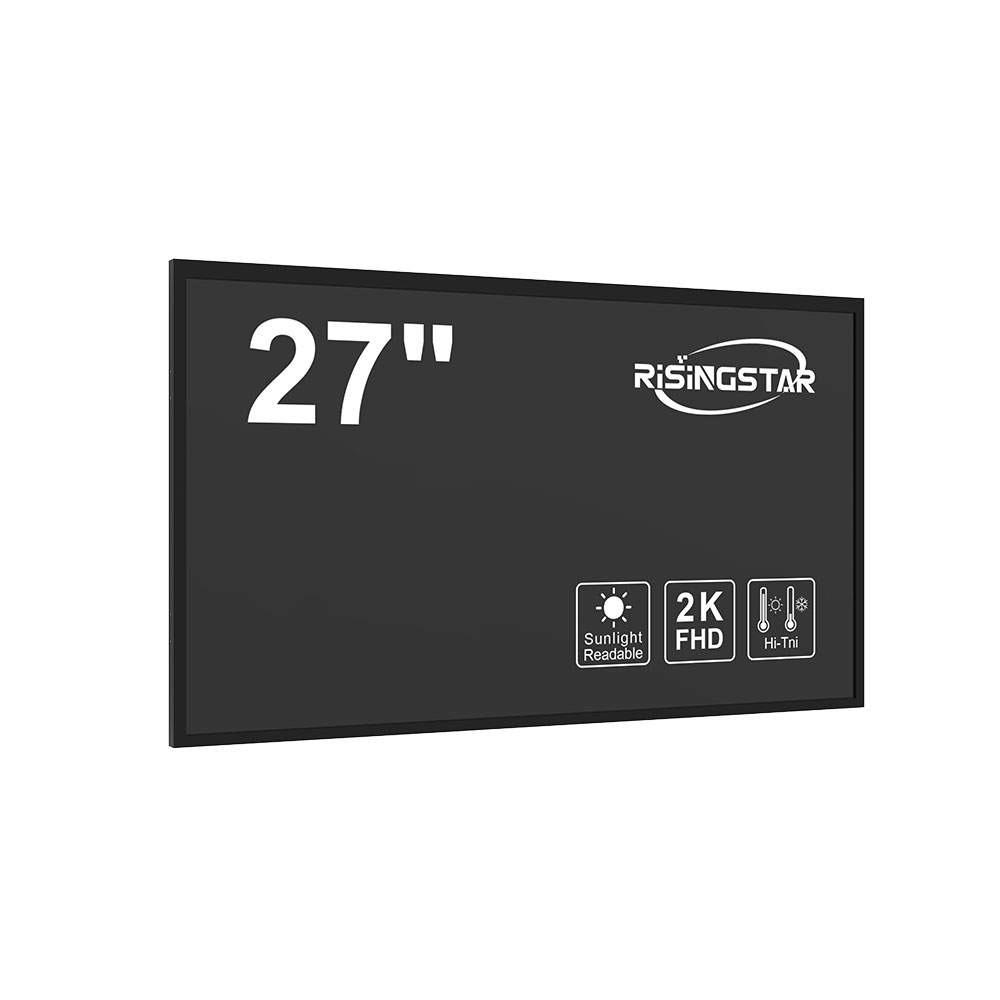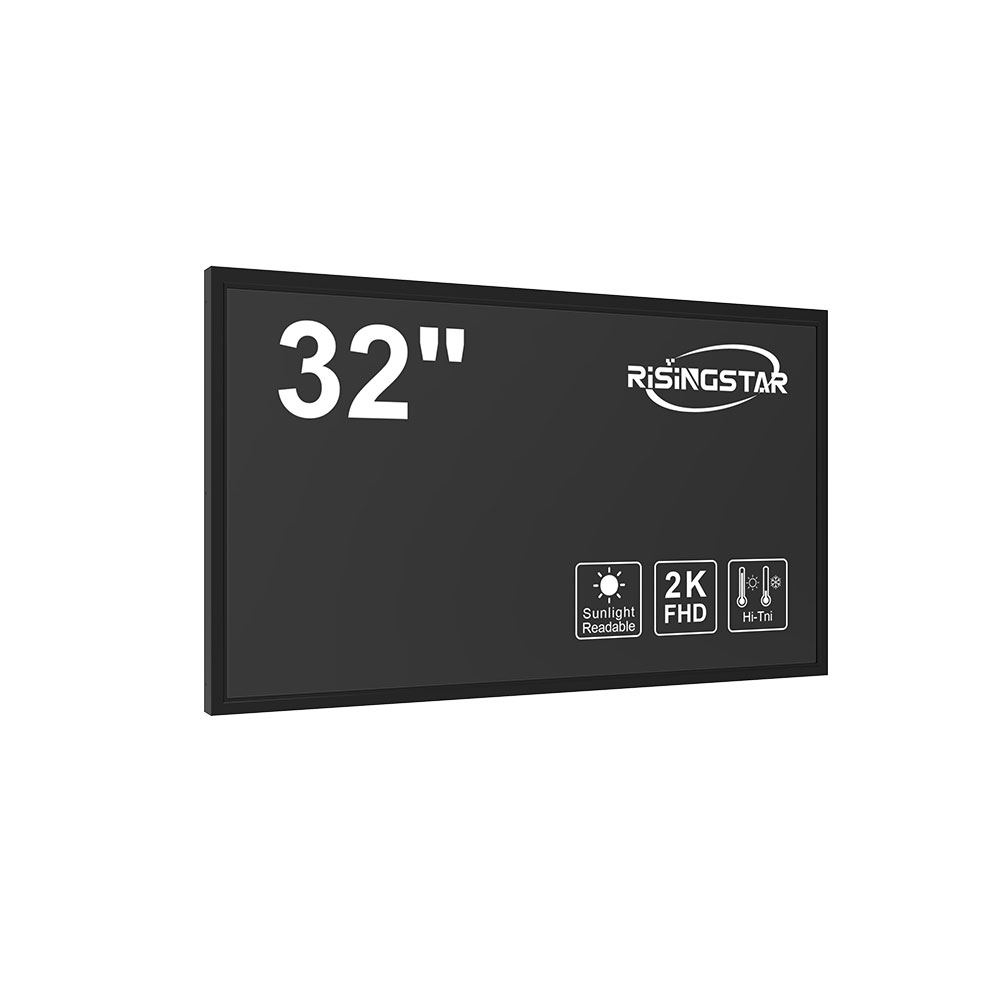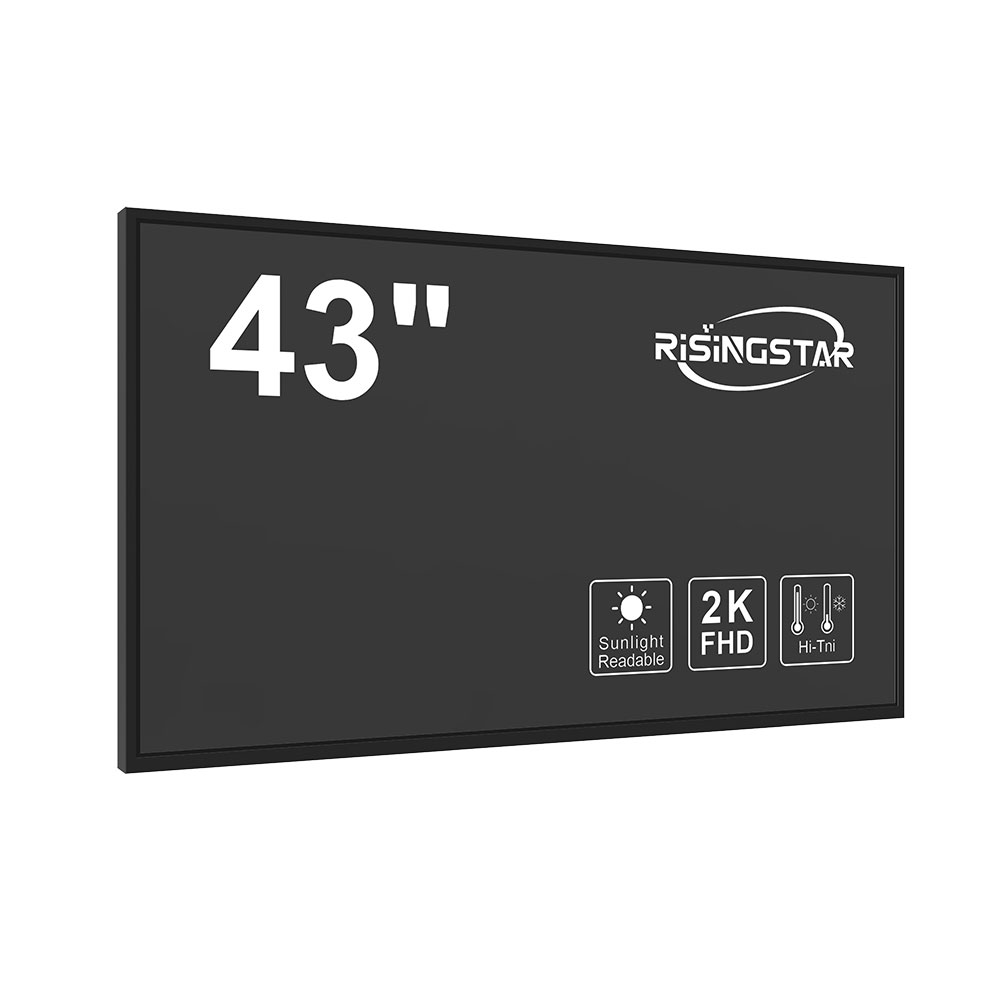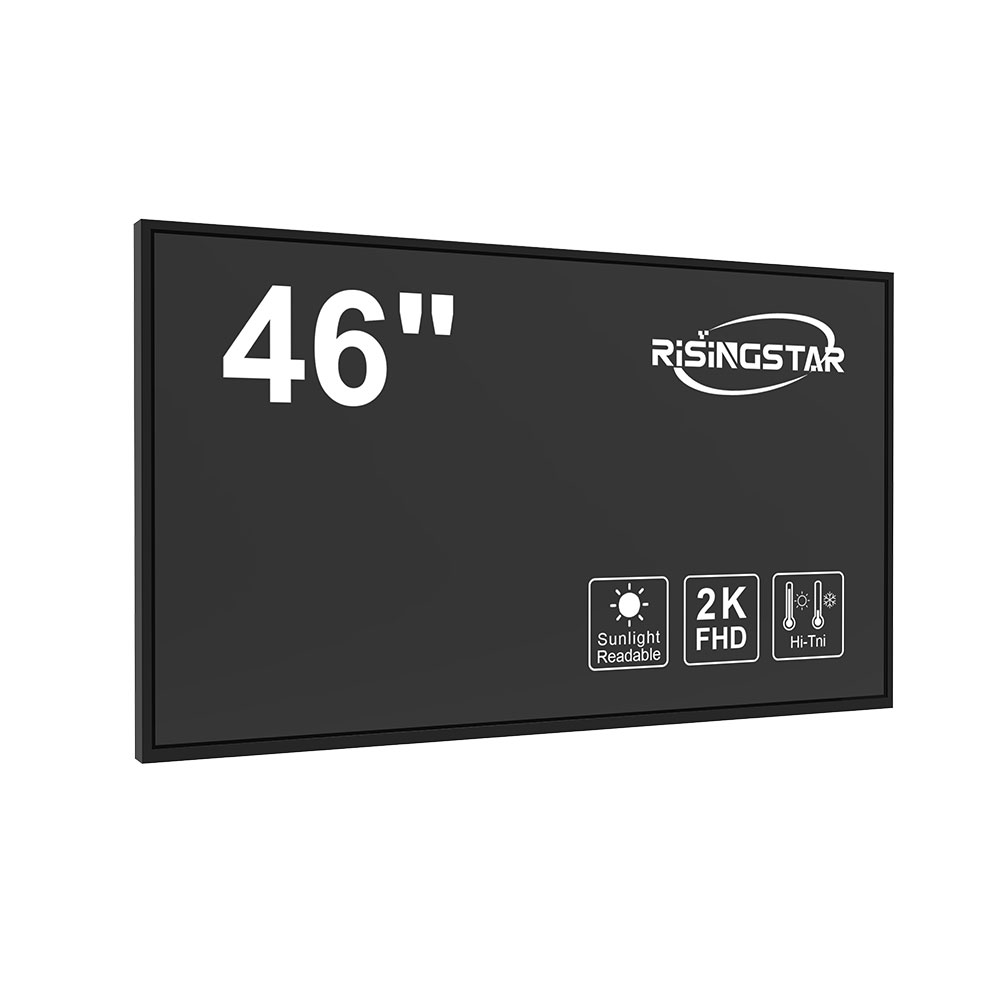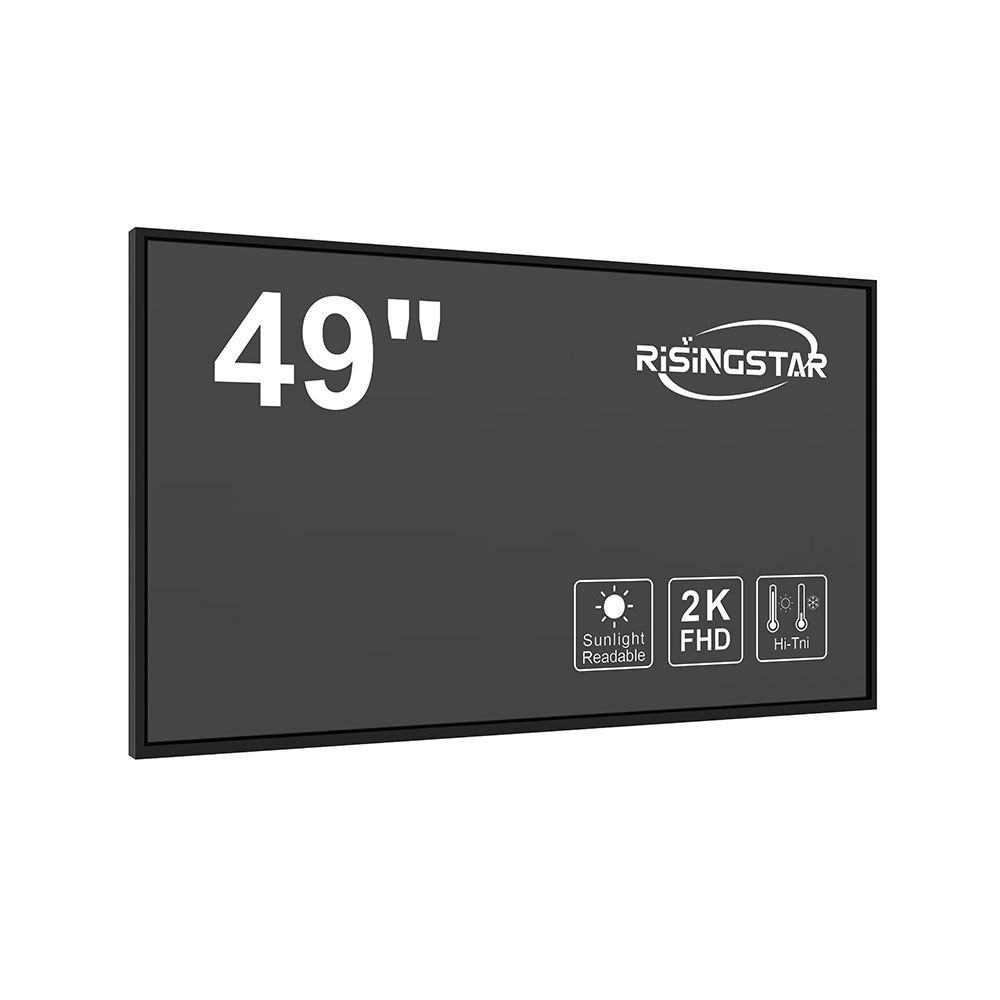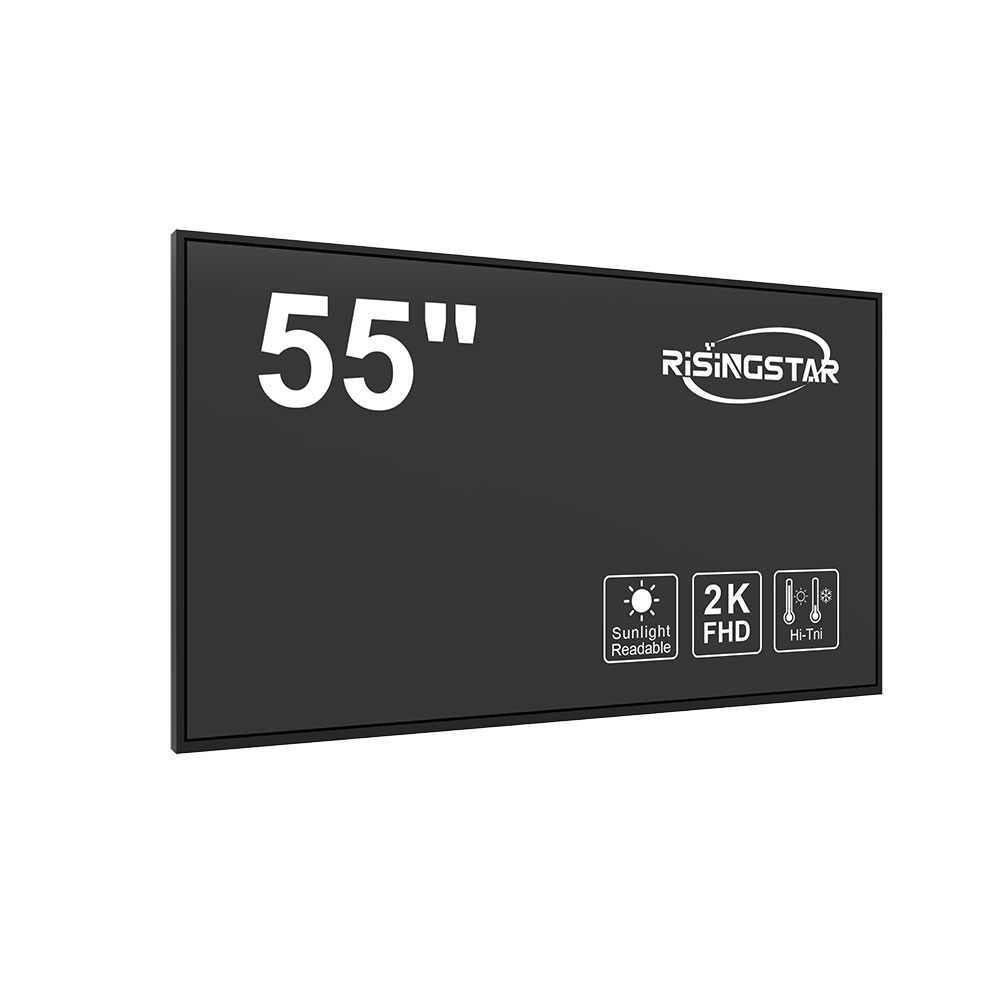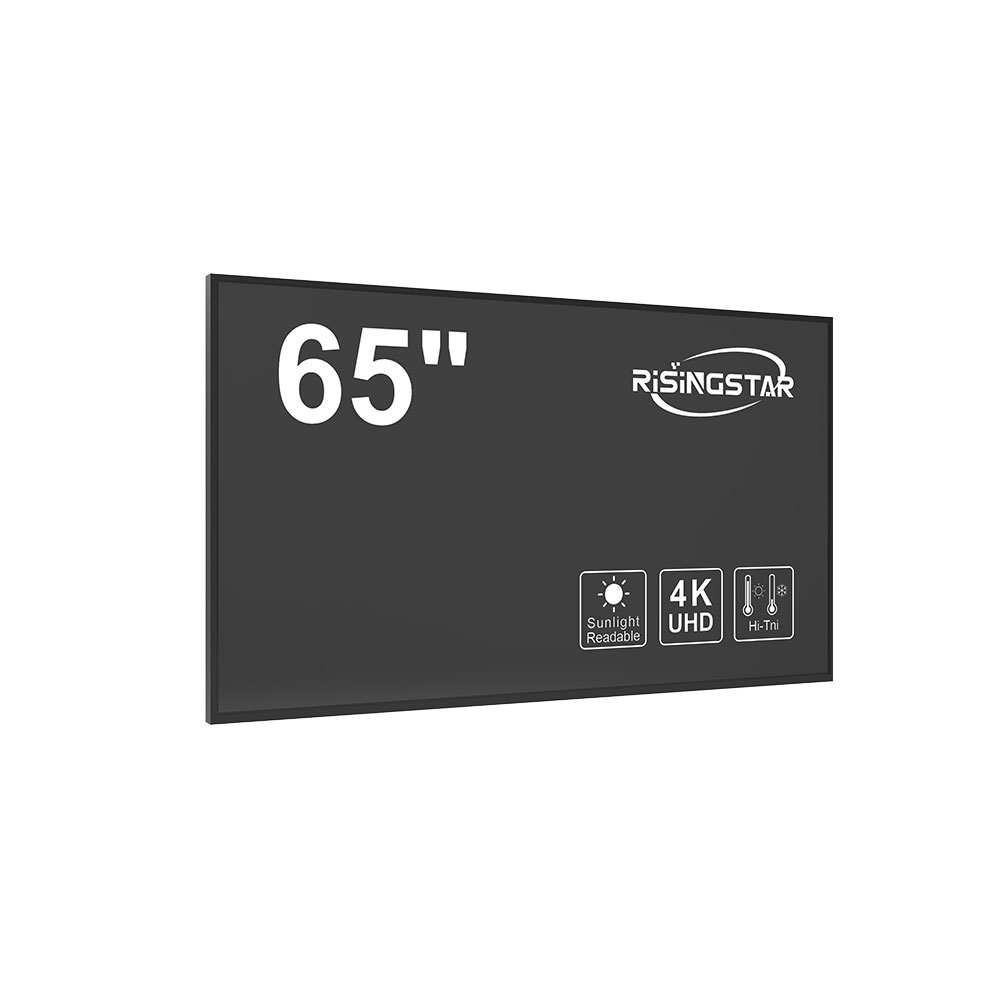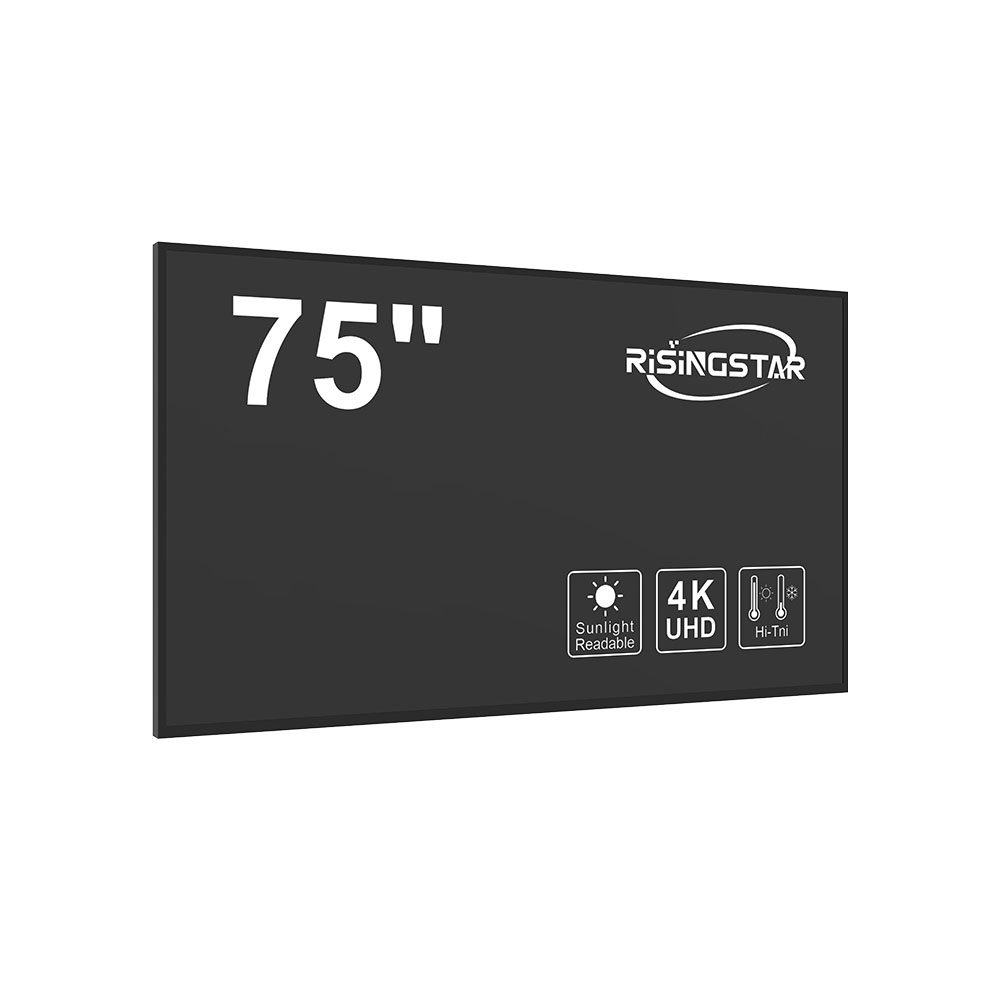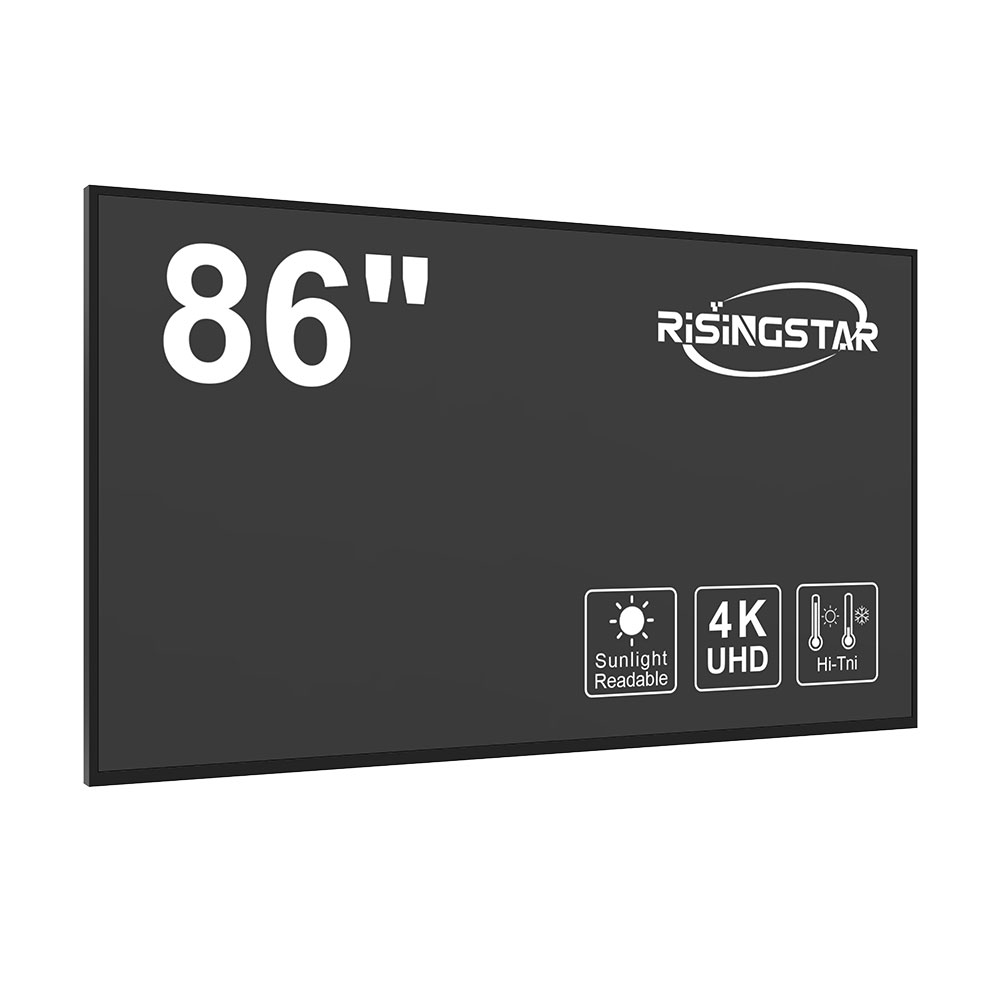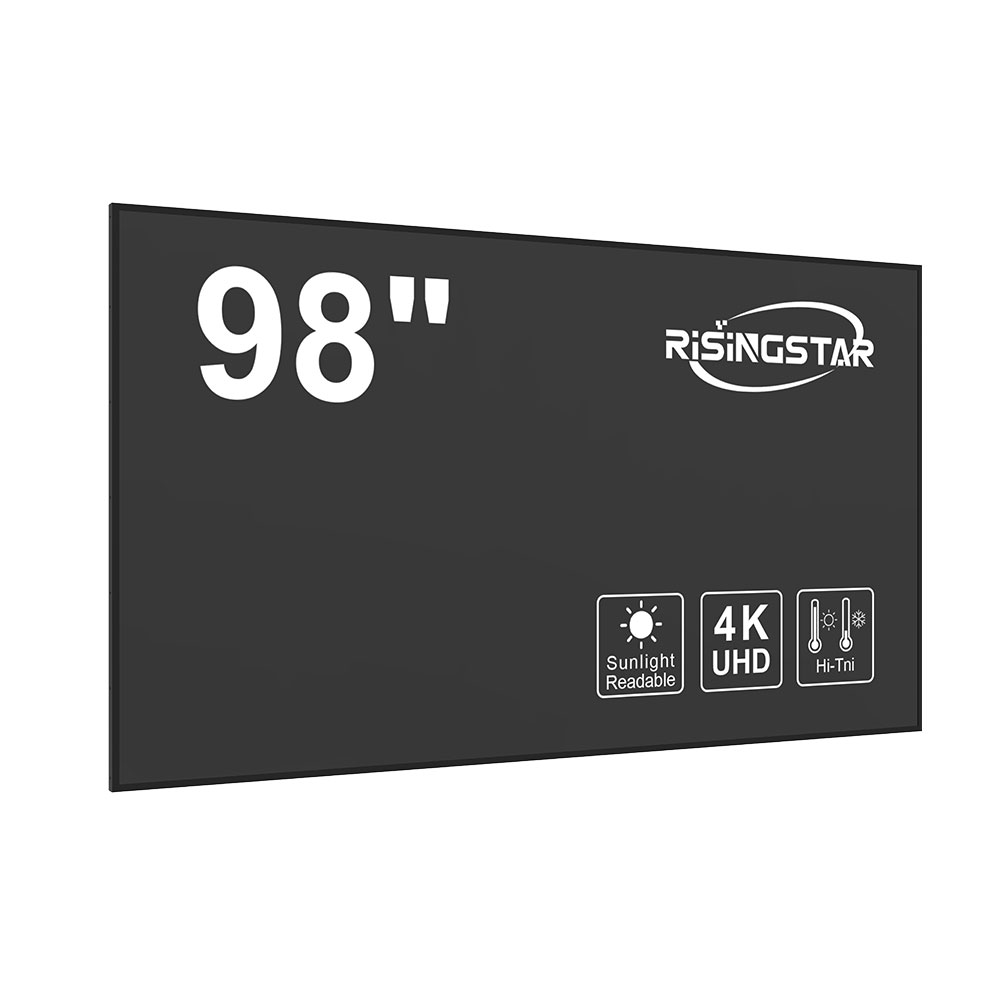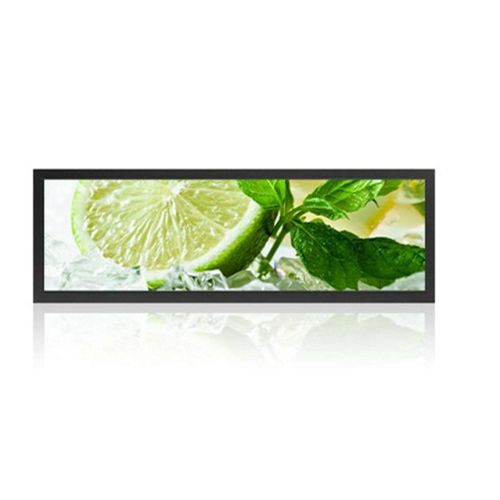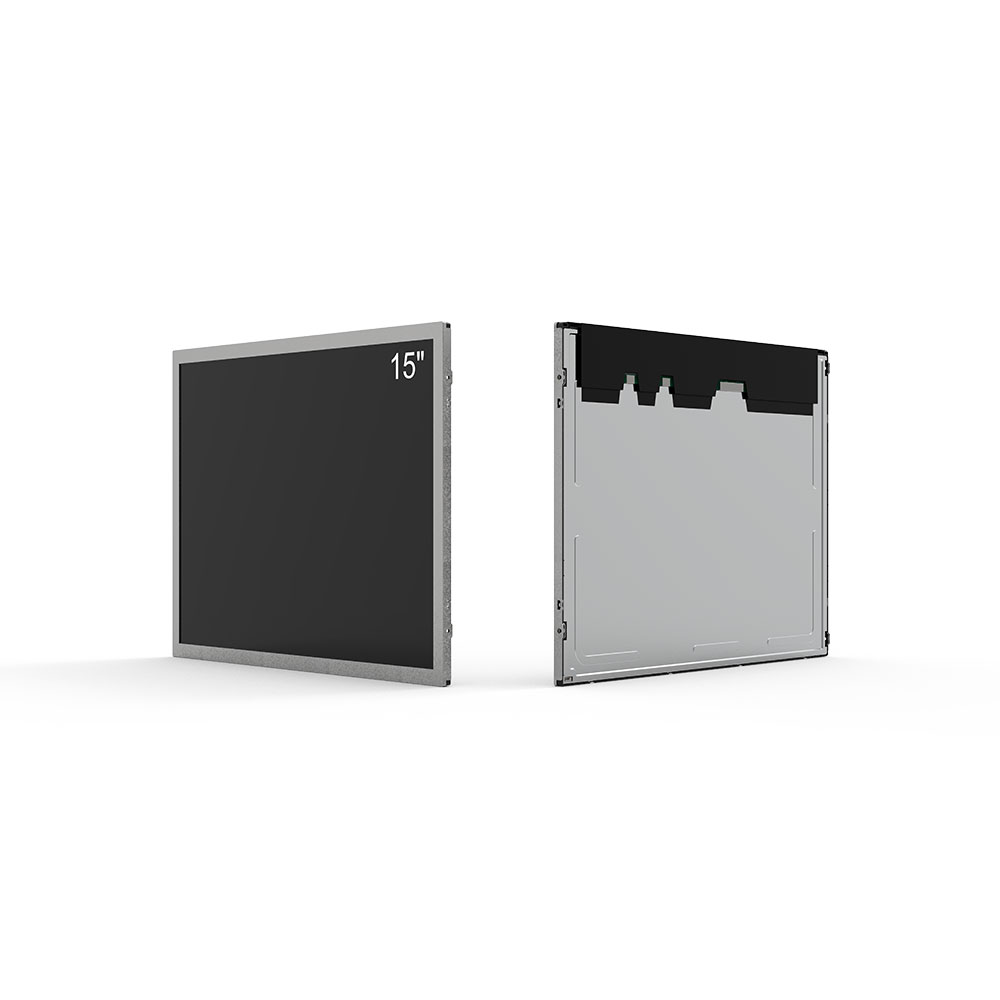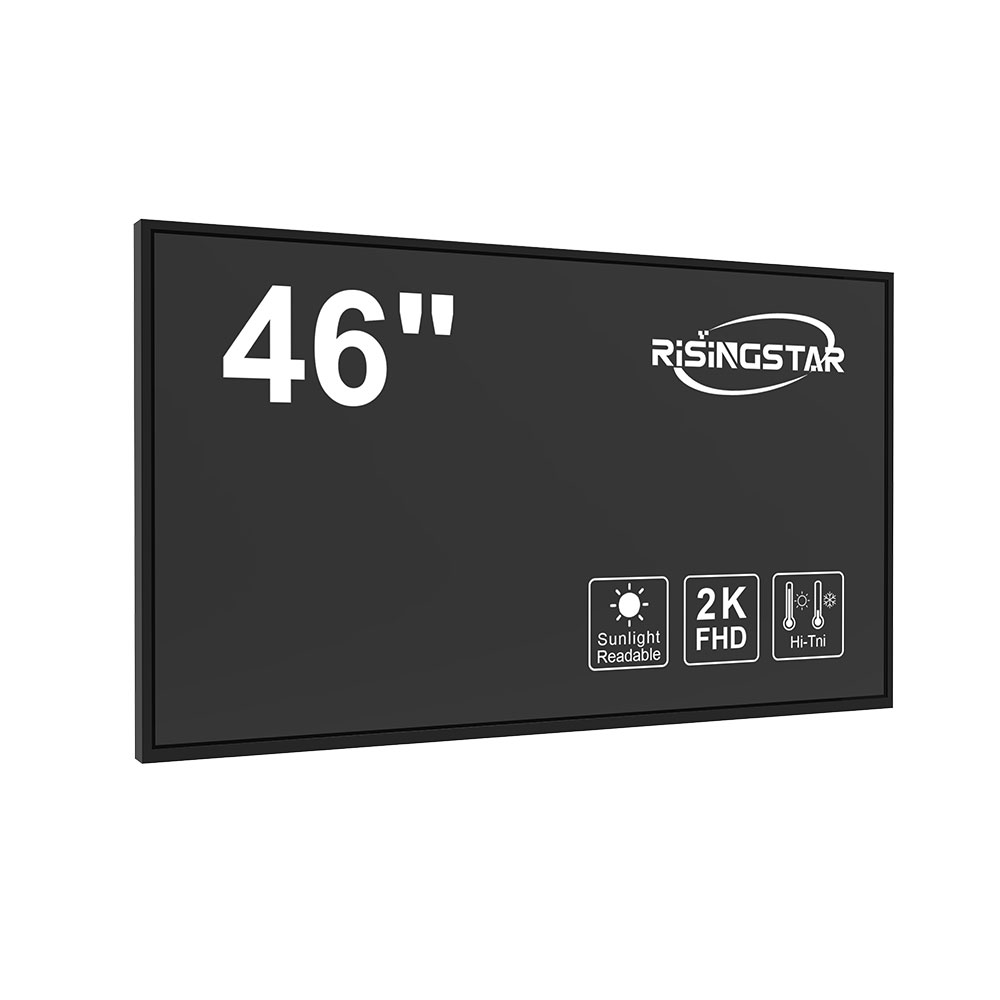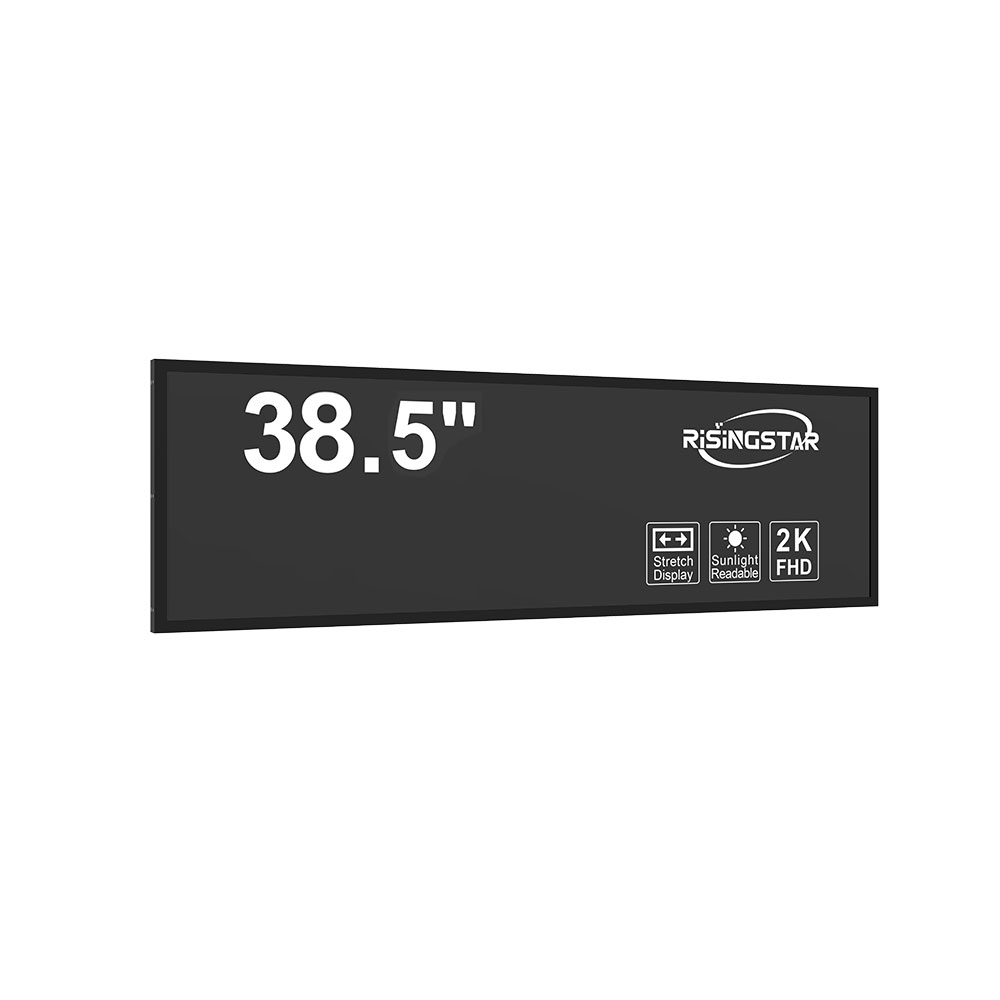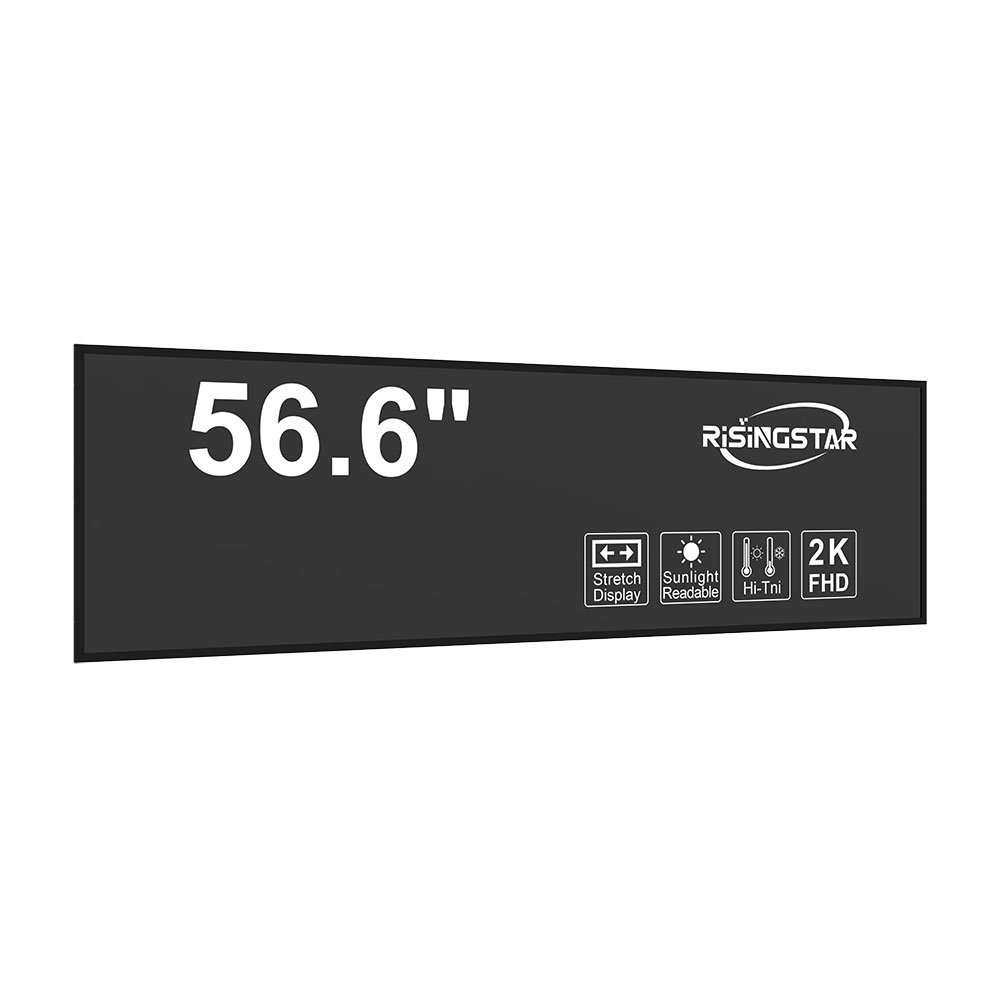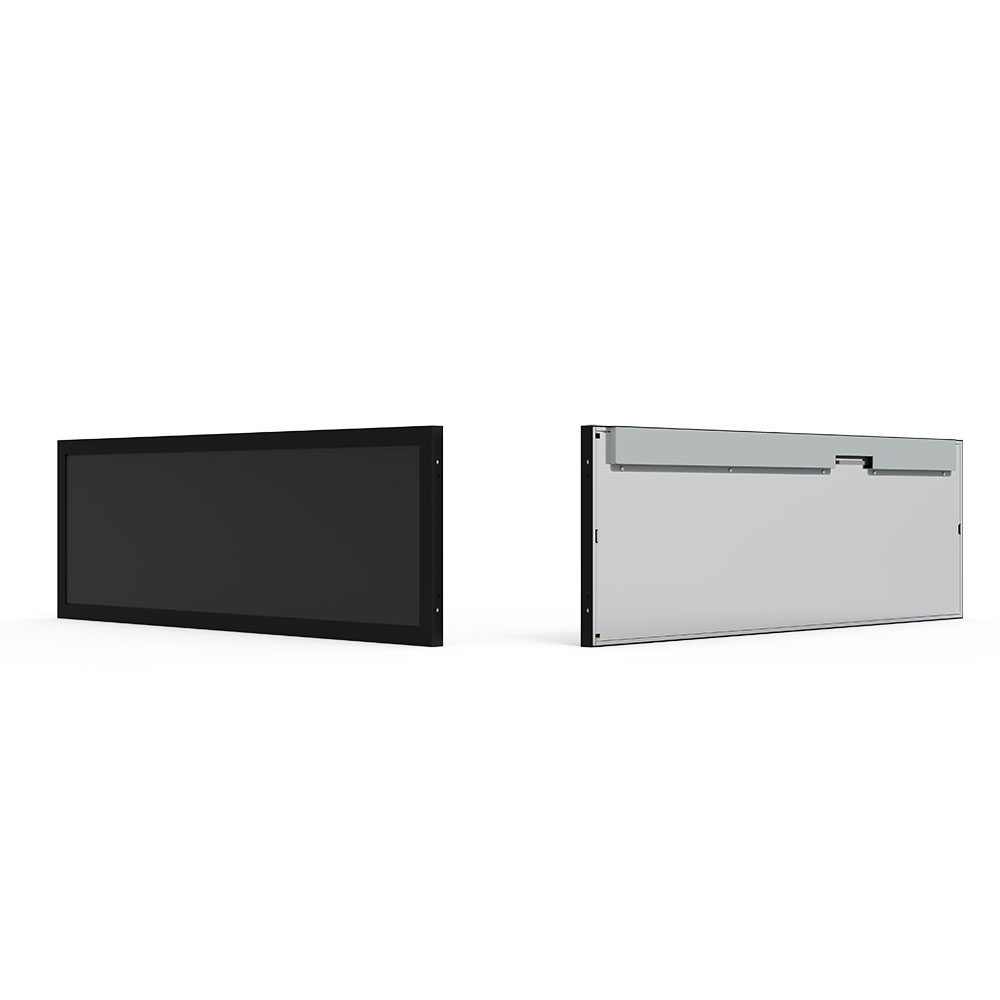What is TFT Display ?
(Industrial TFT LCD Displays Explained)
Introduction
A TFT (Thin-Film Transistor) display is an active-matrix LCD technology that uses a dedicated transistor for each pixel, enabling faster response times (<8 ms), higher contrast ratios (1000:1–3000:1), and superior color accuracy compared to passive-matrix LCDs. These advantages make TFT displays the preferred choice in smartphones, passenger information systems, EV charging kiosks, outdoor signage, and medical equipment.
According to Omdia’s 2024 Display Market Report, the global TFT-LCD industry was valued at $49 billion in 2024 and is projected to reach $58 billion by 2028, driven by transportation, energy infrastructure, and smart city digital signage applications.
Industry Standards & Certifications
Industrial TFT displays must meet strict international standards to ensure long-term reliability in outdoor and mission-critical applications:
IEC 60068-2-14 – Thermal shock and temperature cycling
IEC 60529 (IP65/IP67) – Waterproof & dustproof protection
IEC 62368-1 / EN 60950-1 – Electronic equipment safety standards
ISO 9241-307 – Ergonomic requirements for visual displays
DICOM Part 14 – Grayscale accuracy for medical displays
RisingStar TFT displays are tested in extreme environments (−20 °C to +70 °C), feature UV protection, anti-glare coatings, and deliver >50,000 hours of backlight lifetime (L70 standard).
Key Technical Advantages of TFT Displays
High Brightness (1000–5000 nits) – Ensures sunlight readability
Wide Operating Temperature (20 °C to +70 °C) – Stable in extreme climates
Low Power Consumption MOSFET Driving – Up to 20% more energy-efficient than conventional LCDs
Lightweight Aluminum Structure – Better heat dissipation and reduced weight
Ultra-Thin Design (as low as 7.5 mm) – Flexible integration in kiosks & signage
TFT vs IPS vs OLED: Which Is Better?
| Feature | TFT LCD | IPS LCD | OLED | AMOLED |
|---|---|---|---|---|
| Response Time | < 8 ms | ~6 ms | < 1 ms | < 1 ms |
| Brightness (nits) | 1000–5000 | 800–1200 | 500–1000 | 500–1200 |
| Outdoor Visibility | Excellent (Sunlight readable) | Good | Limited | Limited |
| Power Consumption | Medium | Medium | Higher (at peak) | Higher (at peak) |
| Lifetime | >50,000 hrs (LED backlight) | >40,000 hrs | ~30,000 hrs | ~30,000 hrs |
| Cost Efficiency | ★★★★☆ | ★★★☆☆ | ★★☆☆☆ | ★★☆☆☆ |
👉 Conclusion: For outdoor signage, transport, and industrial use, TFT LCD remains the most durable, cost-effective, and sunlight-readable solution.
Application Case Studies
Rail & Metro Systems (Europe)
RisingStar 15” TFT passenger information displays have been deployed in European metro systems, meeting EN 50155 railway standards, withstanding vibration, humidity, and sunlight exposure.EV Charging & Fuel Dispensers
RisingStar 10.1” & 21.5” TFT high-brightness screens are integrated into EV charging kiosks and fuel dispensers across Asia and Europe. Certified with IP65 waterproofing and anti-UV coating, they ensure reliable 24/7 outdoor operation.Medical Imaging Displays
RisingStar 22” TFT medical-grade monitors comply with DICOM Part 14, ensuring precise grayscale accuracy for radiology and endoscopy.
RisingStar Expertise
With 15+ years of industrial LCD manufacturing experience, RisingStar serves 50+ countries worldwide, supplying more than 200,000 units annually for transport, energy, healthcare, and retail signage.
Our displays are certified by SGS, TÜV, and ISO 9001, ensuring compliance with international quality and safety standards. We also provide custom TFT solutions for OEMs, system integrators, and distributors.
Frequently Asked Questions (FAQ)
Q1: What is the difference between TFT and IPS display?
TFT is the base technology, while IPS is an improved form of TFT that enhances viewing angles. TFT offers higher brightness and better cost-efficiency, making it ideal for outdoor and industrial use.
Q2: Are TFT displays good for outdoor use?
Yes. High-brightness TFT displays (≥1000 nits) with anti-glare coatings are sunlight readable and widely used in EV charging kiosks, fuel dispensers, and digital signage.
Q3: How long does a TFT LCD last?
Industrial TFT LCDs have a backlight lifetime of >50,000 hours (L70 standard), ensuring 5–7 years of continuous operation in demanding environments.
Q4: What brightness is required for sunlight readability?
For outdoor visibility, TFT displays generally require 1000–5000 nits brightness, depending on sunlight intensity and application.
Call to Action
📩 Contact RisingStar for Industrial TFT Solutions
Email: info@risingstarlcd.com
Phone / WhatsApp: +86 158-8946-9208
Request a Quote | Download Datasheet | Talk to an Engineer
RisingStar Expands Global Influence with High Brightness LCD Displays
Shenzhen, China – RisingStar, a leading manufacturer of high brightness LCD display solutions, announced its continuous global growth as industrial and outdoor digital signage markets experience rapid expansion.
According to a report by MarketsandMarkets, the global outdoor digital signage market is projected to reach USD 45.3 billion by 2030, with a CAGR of over 6%. The demand is driven by the rising adoption of sunlight readable displays, high brightness LCD panels, and passenger information systems across transportation, retail, and smart city projects.
Industry-Leading Technology
RisingStar specializes in high brightness LCD displays ranging from 1,000 to 5,000 nits, ensuring excellent visibility even under direct sunlight. Compared with traditional LCDs (300–500 nits), RisingStar’s sunlight readable LCDs achieve superior clarity, low power consumption, and extended service life of 50,000+ hours.
All displays are designed with:
Industrial-grade LED backlight technology for uniform brightness.
Advanced thermal management ensuring low heat output and energy efficiency.
Lightweight aluminum structure for easy integration.
Wide temperature operation from –20°C to +70°C.
Compliance with International Standards
To meet global application needs, RisingStar displays comply with EN50155 railway standards, IP65/IP66 waterproof and dustproof certification, and IK10 impact resistance. These features make them highly reliable for railway passenger information displays, EV charging kiosks, fuel dispensers, outdoor advertising screens, and smart retail signage.
Global Case Studies
Europe Railway Systems: RisingStar’s passenger information displays provide real-time travel updates, enhancing commuter experiences and meeting EN50155 standards.
North America EV Charging Stations: High brightness outdoor displays ensure 24/7 visibility of charging status, brand advertising, and user interaction.
Asia-Pacific Retail Signage: Outdoor digital signage displays deliver vivid advertising content, boosting engagement and sales in high-traffic areas.
These case studies demonstrate RisingStar’s flexibility to deliver customized display solutions across industries, enabling partners and integrators to expand their market presence.
Driving the Future of Outdoor Displays
As the demand for outdoor digital signage, high brightness LCD displays, and sunlight readable solutions continues to rise, RisingStar is committed to providing innovative, reliable, and energy-efficient display technology that supports smart cities, green mobility, and next-generation communication networks.
About RisingStar
RisingStar is a professional manufacturer of industrial-grade high brightness LCD displays, serving clients in railway transportation, smart energy, retail, oil & gas, and outdoor digital signage. With decades of engineering experience and global distribution partnerships, RisingStar delivers cutting-edge display modules, passenger information systems, and customized digital signage displays.
📩 Contact RisingStar today to learn how our high brightness display solutions can support your projects worldwide.

